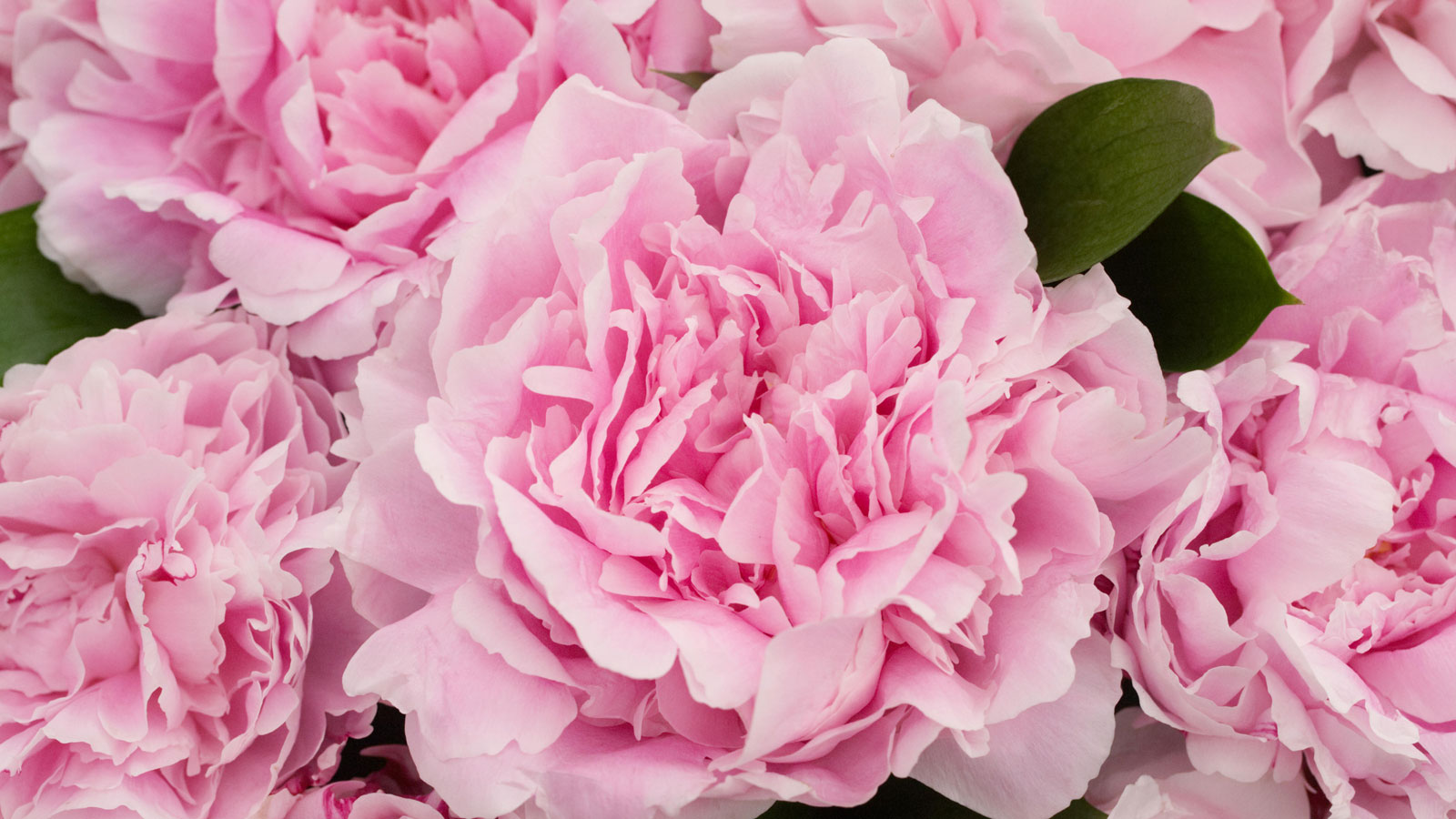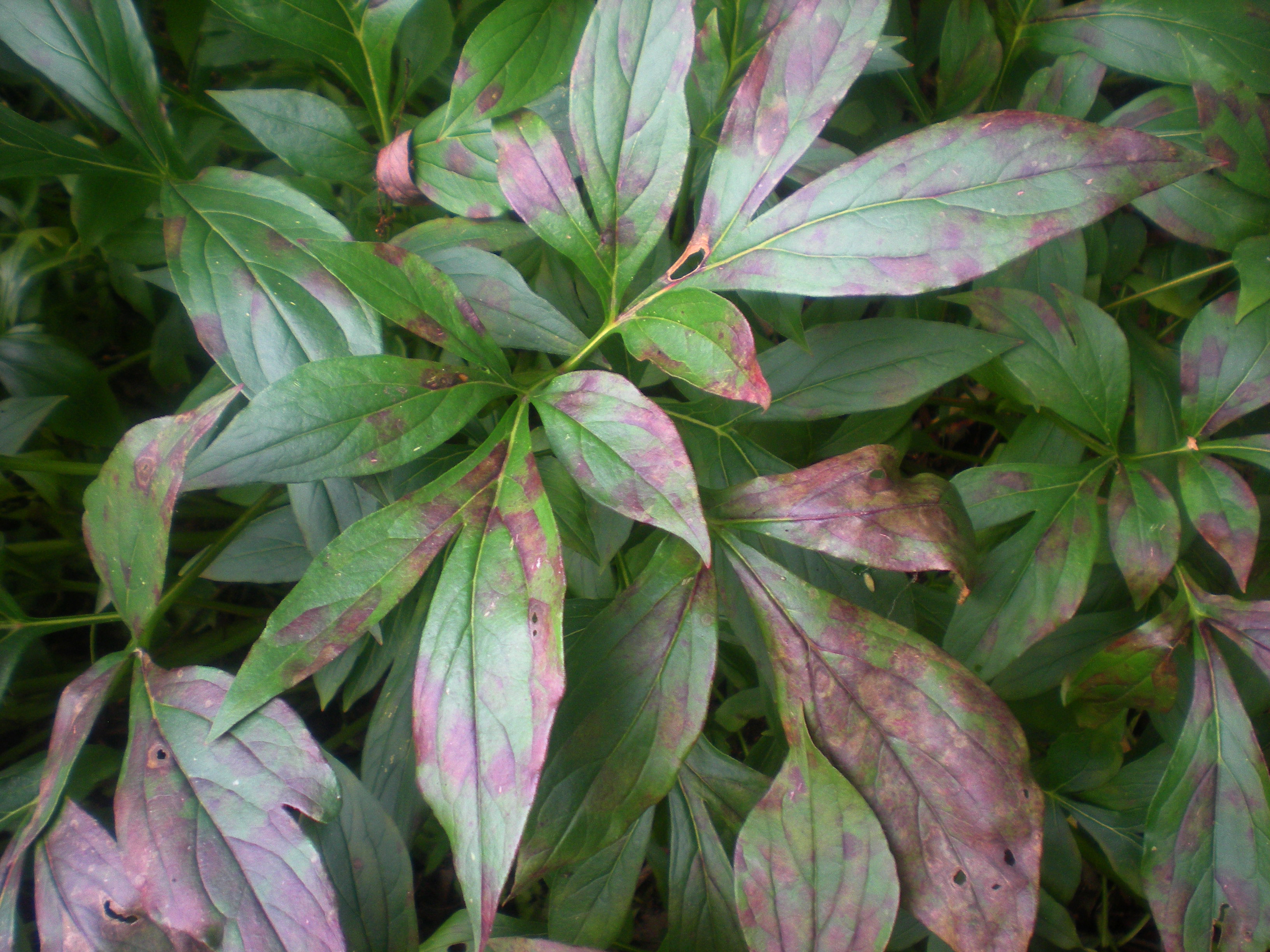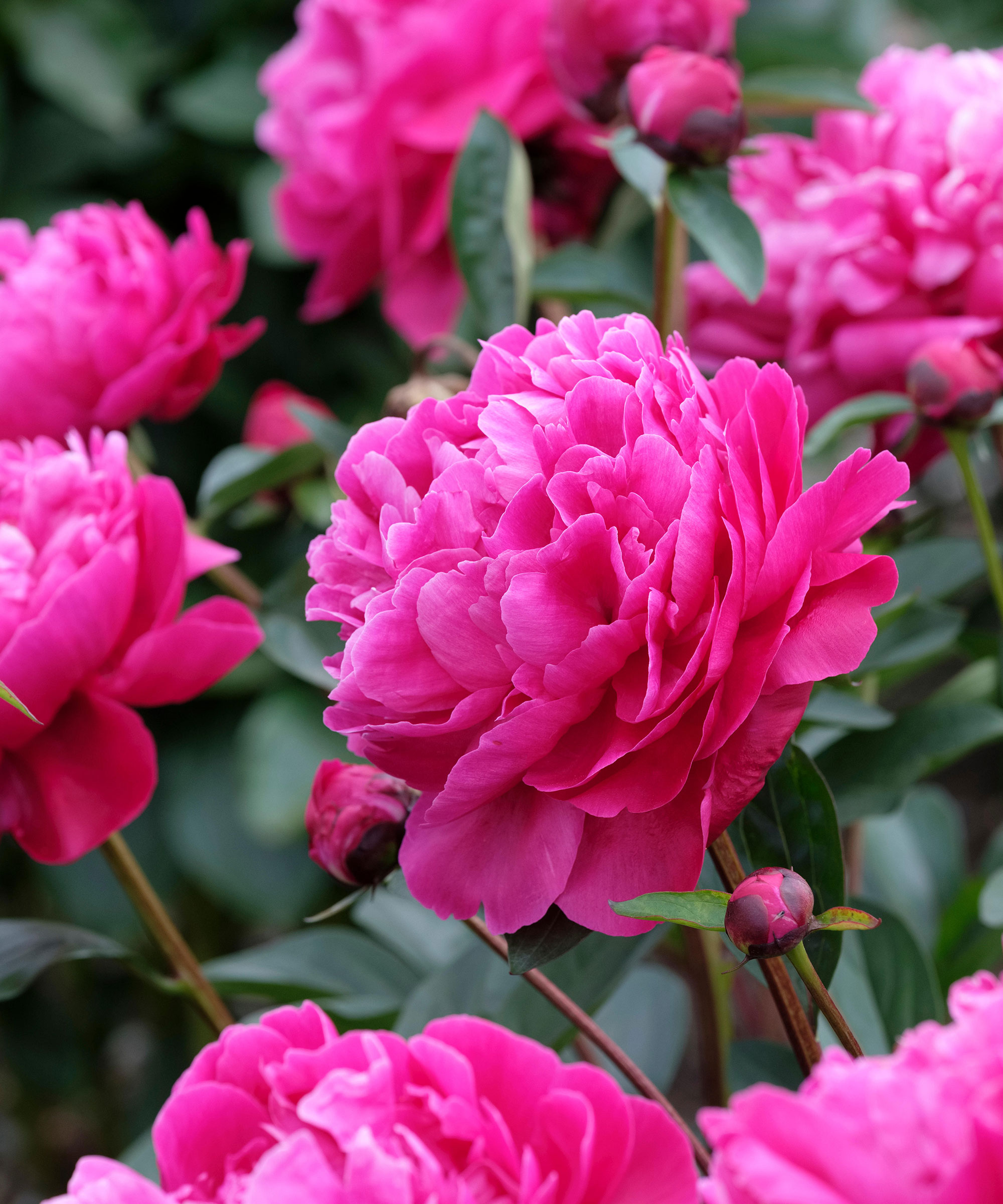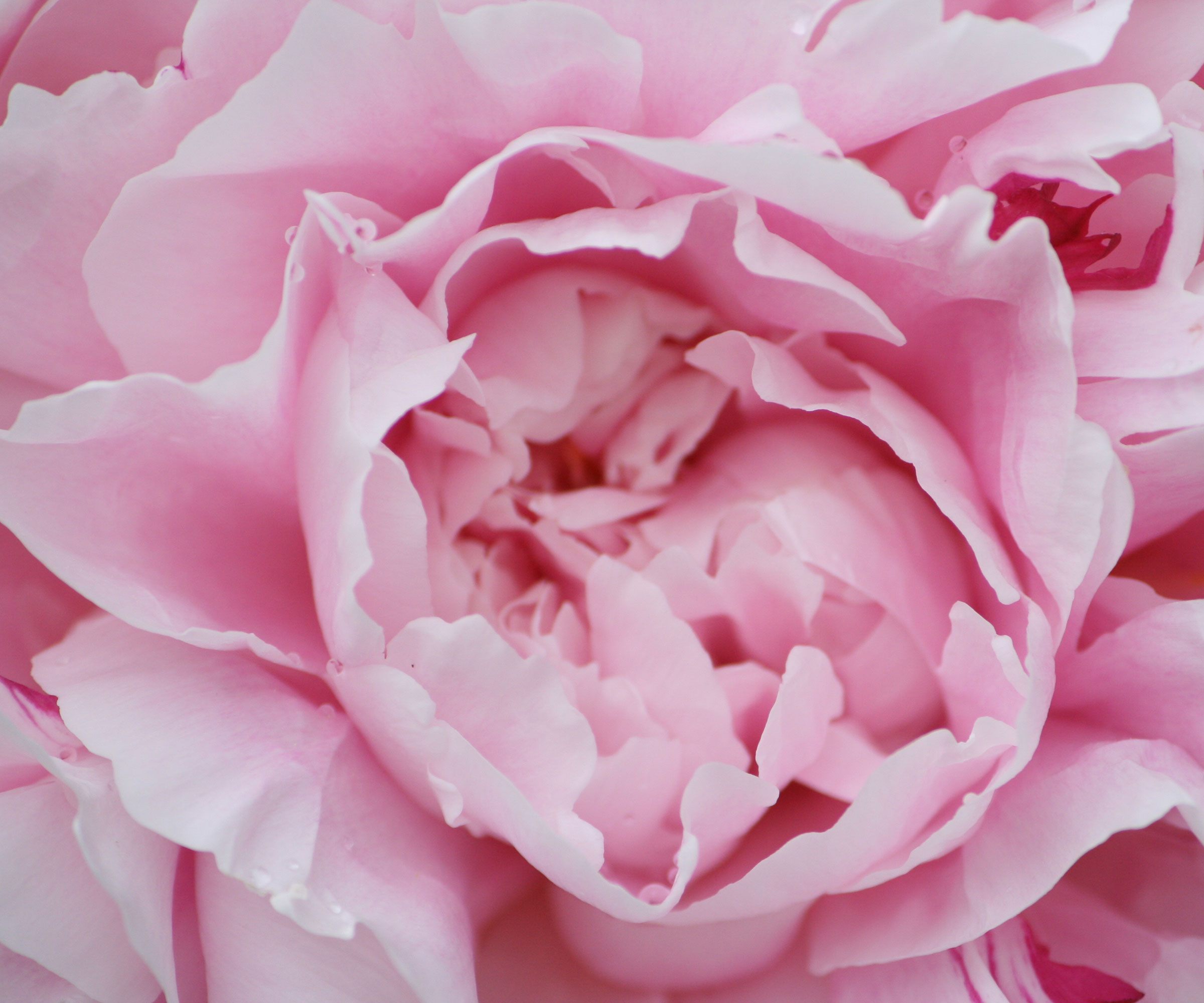Sarah Bernhardt Peony Care: How To Grow This Timeless Beauty
For timeless elegance and romantic allure, the showstopping Sarah Bernhardt peony is a stunning performer. Find out how to grow and cultivate this iconic flowering beauty


Sarah Bernhardt Peony Facts
Botanical name:
Paeonia Sarah Bernhardt
Height:
34-36 inches (86-91cm)
Spread:
24-36 inches (61-91cm)
Sun exposure: Full to partial
Soil requirements:
Well draining, rich
Hardiness zones:
USDA zones 3-8
When to plant: Spring
Peony lovers understandably feel spoiled for choice when it comes to making that perfect selection for yards and growing spaces. The Sarah Bernhardt peony stands proud as one of the finest cultivars you can grow. For anyone passionate about growing peonies, this one has a peerless reputation for excellence, and deservedly so.
The Sarah Bernhardt peony has a dramatic flower meaning behind its striking moniker. It was named in honor of a popular French actress of the late 19th and early 20th centuries. The variety was created by Victor Lemoine in 1906 and named in celebration of his favorite performer. Today, it has an enduring reputation as one of the most charming peonies you can grow, with its double petals and rich rose hues. Here’s how to grow and cultivate your own enchanting garden performers.

Sarah Bernhardt Peony Care
Paeonia Sarah Bernhardt wows with its double, elegantly pink, 7-9-inch (18-23cm) blooms. For admirers of pink peony types, this one is sublime. The plant provides three seasons of interest with deep buds in spring, early summer pink flowers, and a fall foliar display of bronze and purple. This is an herbaceous peony, not the tree peony variety. Here are some of the key cultivation requirements:
- Light Conditions: As with other herbaceous peonies, Sarah Bernhardt peonies perform well in full sun to light shade, but they do prefer afternoon shade.
- Watering: Newly introduced plants should be kept moist until they establish. Give the plant one inch (2.5cm) of water weekly. The Sarah Bernhardt peony likes cool, damp soil, but the site must be well draining. Established plants need a deep watering every 10 days. Water when the top few inches (8cm) feel dry to the touch.
- Temperature & Humidity: Peonies need a chill period to promote blooming. Exposure to temperatures between 30-50 degrees Fahrenheit (-1-10°C) for a couple of months is essential to bring out the flower buds. Average preferred daytime temperatures are 65-75°F (18-24°C). Nighttime temperatures of 10-15°F (-12 to -9°C) are perfect for Sarah Bernhardt peonies. These plants like the humidity levels in the middle ranges. A humidity range of 40-70 percent will keep the plant happy.
- Soil & Compost: Peonies like a bit of moisture but the soil must drain well to prevent root rots. Rich, loamy, soil is ideal. If your soil is poor or heavy clay, amend it with compost or other organic amendments to increase tilth and nutrient content. Peonies prefer a soil pH of 6.5-7.
- Fertilizer Needs: Peonies will bloom well and thrive with an annual application in spring of a balanced fertilizer such as 1-1-1. Avoid fertilizing peonies with heavy nitrogen content, as this will promote leaf growth but minimize buds.

Problems, Pests & Diseases
In heavy soil, these plants may fail to thrive. Plants with little protection from searing sun rays can also burn. However, Sarah Bernhardt peonies are deer resistant and generally unbothered by insect pests. The most common diseases you are likely to encounter are honey fungus, verticillium wilt, peony leaf blotch and peony leaf wilt. In order to prevent fungal diseases, avoid overhead watering this peony.
Pruning Sarah Bernhardt Peonies
As with other flowering shrubs, a little deadheading can be critical to long-term health and productivity. Unless you are overly concerned about seed set, deadheading a Sarah Bernhardt peony is a wise move. Remove the spent blooms as they occur to keep the plant attractive. This may also encourage the formation of new buds. It’s also a good idea to prune peony foliage after the first frost, or when the leaves begin to change color. Cut the stems back to nearly ground level.
Sarah Bernhardt Peony Propagation
The Sarah Bernhardt peony may be propagated by seed, division, root cuttings, grafting or air layering. By far the easiest method is division. After the foliage is cut back, lift the peony plant from the soil. Cut off any sections of the plant that include three buds and enough root, then replant these individually. Water in well after replanting.

Red Sarah Bernhardt Peony
The red Sarah Bernhardt peony has evocative lush and fluffy blooms, but it is not a real red version of the light pink Sarah Bernhardt. Hailing from China, it is quite distinct from the similarly named herbaceous peony. Indeed, it isn’t even red. It was bred to have a deeper color than Sarah Bernhardt. While it is not a true red, the flower color is darker and leans towards fuschia, rather than the classic pale pink of the original Sarah Bernhardt.
Sign up for the Gardening Know How newsletter today and receive a free copy of our e-book "How to Grow Delicious Tomatoes".
Repotting Sarah Bernhardt Peonies
Container-bound Sarah Bernhardt peonies have a deep taproot. If you are growing in a container, there are only a few things to remember. The plants do not like to be moved, so wait until it is absolutely necessary to change the soil. Repot the plant at the end of the season, when it has gone dormant. Make sure to protect containerized peonies from winter freezes by moving the container indoors. Use well-draining potting soil as the medium.

Frequently Asked Questions
Where is the Best Place to Plant a Sarah Bernhardt Peony?
Peony Sarah Bernhardt makes an excellent selection in a pollinator or cut flower garden. They also look well amassed as border plants, or in a rockery. As long as the soil is rich and well draining, and there is some afternoon sun protection, this peony can grow almost anywhere.
Do Sarah Bernhardt Peonies Have a Scent?
Almost all peonies have a rich, sweet scent. The Sarah Bernhardt peony is no exception. It has a fragrance that is similar to a rose but with some spicy notes on top. Its aroma is most pronounced in the morning and afternoon.

Bonnie Grant is a professional landscaper with a Certification in Urban Gardening. She has been gardening and writing for 15 years. A former professional chef, she has a passion for edible landscaping.